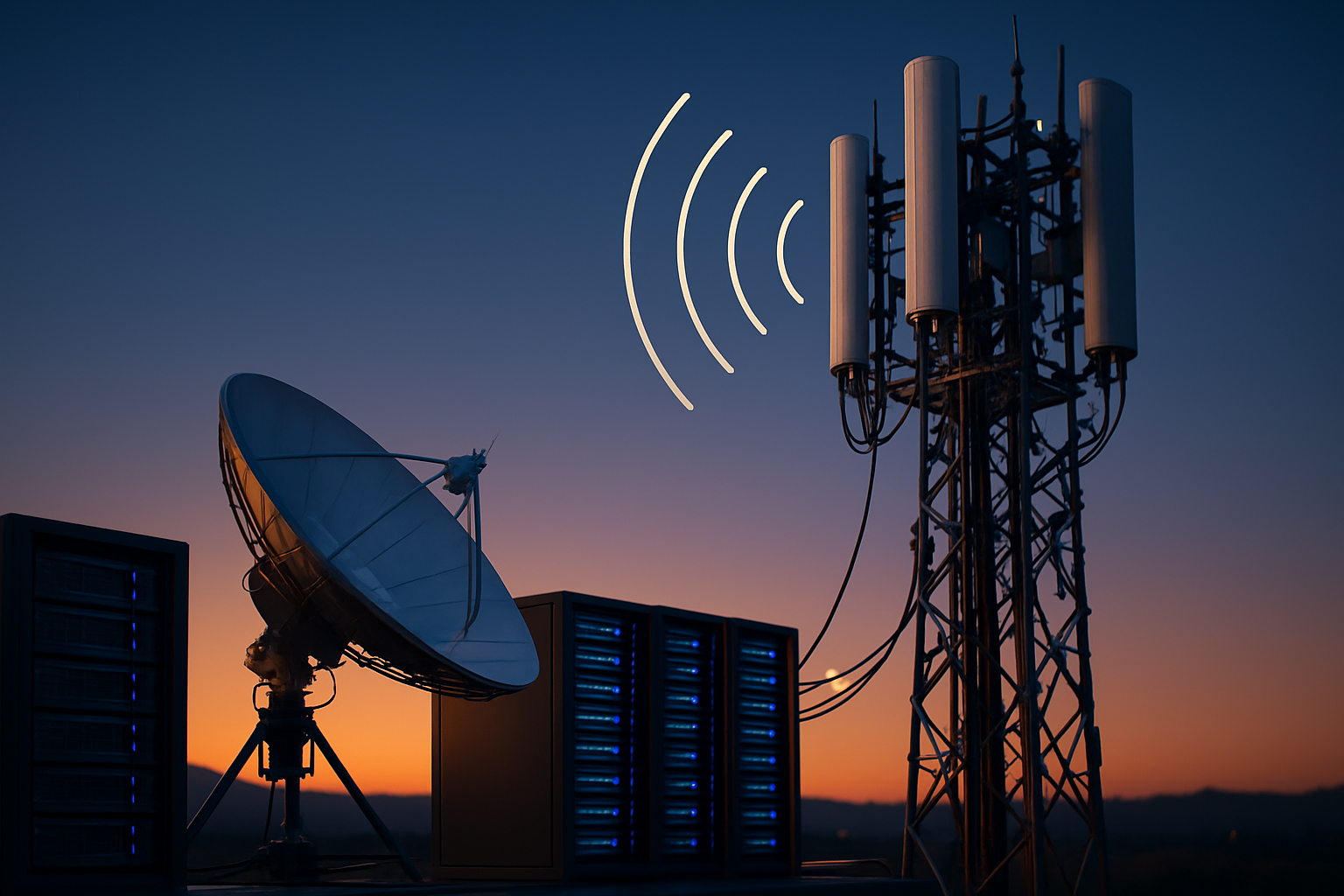The Next Wave of Millimeter Wave Technology
Revolutionizing wireless connectivity through innovative high-frequency solutions, millimeter wave technology is poised to transform our digital landscape. As demand for faster, more reliable connections skyrockets, this cutting-edge approach offers unprecedented bandwidth and speed. But what exactly is millimeter wave, and how will it reshape our connected world?

Traditionally, lower frequency bands have been used for wireless communication due to their ability to travel long distances and penetrate obstacles. However, these bands are becoming increasingly congested, limiting their capacity to meet growing data demands. This is where mmWave technology comes into play, offering vast swaths of untapped spectrum.
The Promise of Unprecedented Speed and Capacity
One of the most significant advantages of mmWave technology is its potential to deliver ultra-fast data speeds. With theoretical peak rates of up to 20 Gbps, mmWave could enable near-instantaneous data transfers and real-time applications that were previously impossible.
This incredible speed is made possible by the wide bandwidth available in the mmWave spectrum. While lower frequency bands typically offer channels of 20 MHz or less, mmWave can support channel bandwidths of up to 2 GHz. This vast increase in bandwidth translates directly to higher data rates and increased network capacity.
Overcoming Technical Challenges
Despite its promising capabilities, mmWave technology faces several technical hurdles. The high-frequency waves have limited range and are easily blocked by obstacles such as walls, trees, and even rain. This necessitates a dense network of small cells to ensure consistent coverage, particularly in urban environments.
Researchers and engineers are developing innovative solutions to address these challenges. Beamforming technology, which uses multiple antennas to focus signals in specific directions, is being employed to extend range and improve signal quality. Advanced materials and antenna designs are also being explored to enhance mmWave performance in various environmental conditions.
Transforming Industries Beyond Telecommunications
While much of the focus on mmWave technology has been in the context of mobile networks, its potential applications extend far beyond smartphones. The high bandwidth and low latency of mmWave could revolutionize numerous industries and enable new use cases.
In healthcare, mmWave technology could facilitate remote surgeries with near-zero lag, allowing specialists to operate from anywhere in the world. The automotive industry could leverage mmWave for high-resolution, real-time vehicle-to-vehicle communication, enhancing autonomous driving capabilities. Entertainment venues could offer immersive augmented and virtual reality experiences without the limitations of current wireless technologies.
Regulatory Landscape and Spectrum Allocation
As with any emerging technology, the widespread adoption of mmWave depends heavily on regulatory support and spectrum allocation. Governments and regulatory bodies worldwide are working to make mmWave bands available for commercial use, recognizing the technology’s potential to drive economic growth and innovation.
In the United States, the Federal Communications Commission (FCC) has already auctioned off portions of the mmWave spectrum to telecommunications companies. Other countries are following suit, with ongoing discussions about harmonizing mmWave allocations globally to ensure interoperability and economies of scale.
The Road Ahead: Challenges and Opportunities
While mmWave technology holds immense promise, its full potential is yet to be realized. Ongoing research and development efforts are focused on improving propagation characteristics, reducing power consumption, and developing cost-effective hardware solutions.
As the technology matures, we can expect to see a gradual integration of mmWave capabilities into existing networks, complementing rather than replacing current technologies. This hybrid approach will allow for the best of both worlds – the wide coverage of lower frequencies combined with the high-capacity hotspots enabled by mmWave.
The coming years will likely see increased collaboration between industry players, academic institutions, and regulatory bodies to accelerate mmWave adoption. As these efforts bear fruit, we can look forward to a future where ultra-fast, high-capacity wireless connectivity becomes the norm, opening up new possibilities for innovation and digital experiences.





